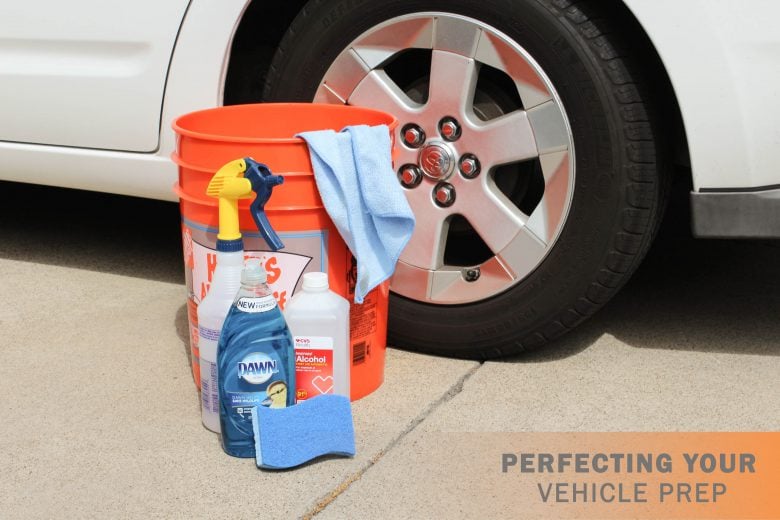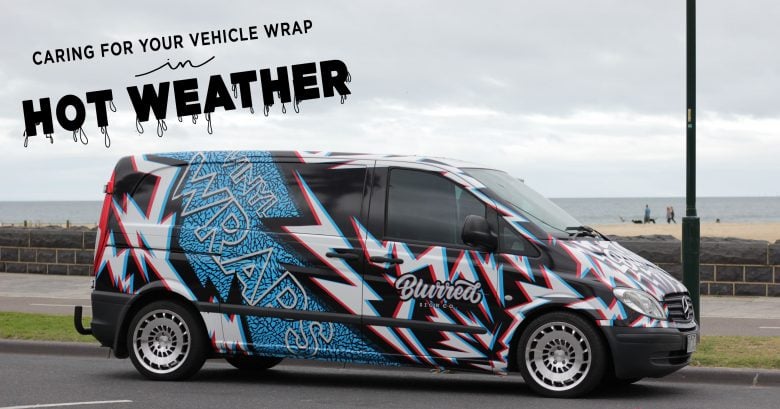One of the most common mistakes when installing vinyl on a vehicle is not taking the time to prep your surface. A vehicle that isn’t properly prepped can compromise the adhesive bond and ultimately cause failure in your application. We’ve outlined some tips to help you through the important process of vehicle prep! While it […]
Summer months are known for having the longest and hottest days of the year. During this time, the amount of UV exposure increases significantly. An extended amount of UV exposure is the greatest enemy to your vehicle wrap. In these hot weather months, your vehicle is going to be susceptible to damage caused by environmental […]
Reflective films are leading the wrap world in an exciting direction, and with no surprise, a product like this can sometimes bring about new challenges. What is Reflective Film? Reflective film is a type of film that is layered with an array of glass beads or prisms that reflects light back to the observer; the […]
Why does cold weather make cast vinyl difficult to install? The winter months and colder temperatures create a multitude of problems for vinyl installers. Therefore it is important that we explain some of the physical characteristics of both the film and the substrate that are affected by these colder temperatures. So what are the […]


